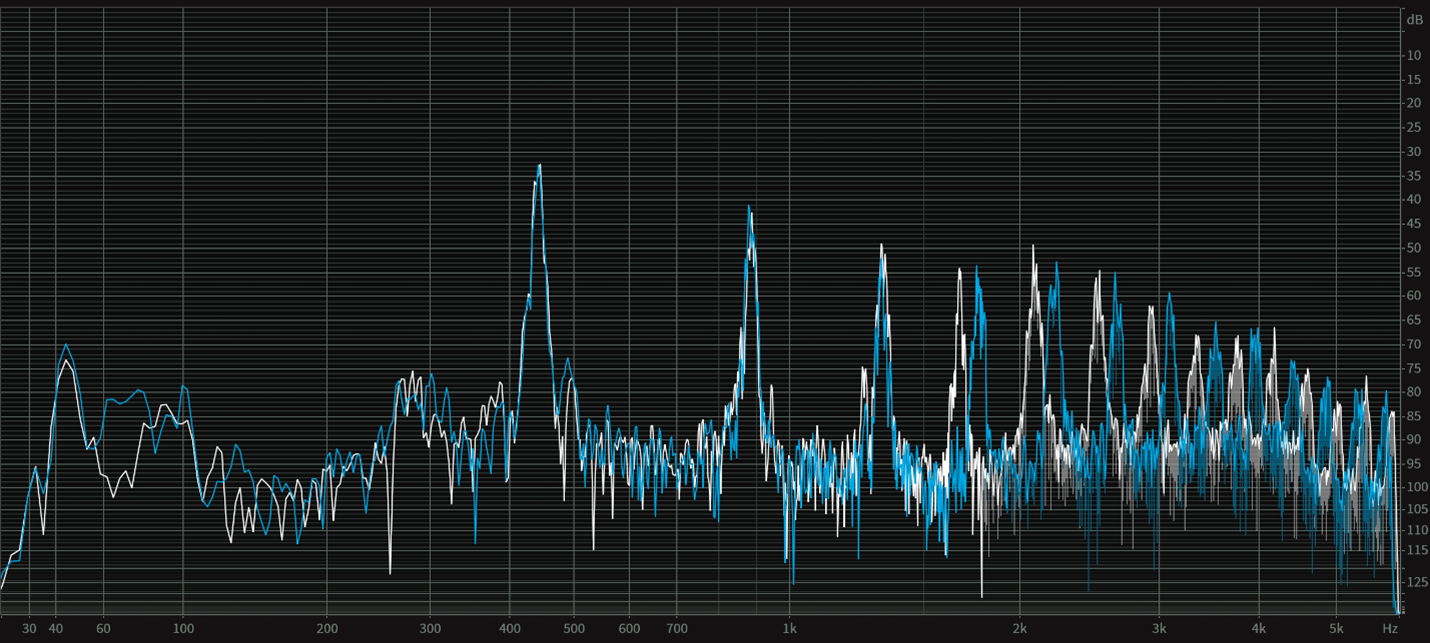Modern hearing aids have a “software” setting that can be turned on or off called “frequency compression”. The hearing aid industry has used other terms to describe this such as “frequency transposition” or even “frequency shifting”, but in all cases it refers to the lowering of the frequency or pitch of the higher frequency harmonics. Many people that have a hearing loss have frequency regions that are significantly damaged, whereas other frequency regions are healthier. For example, a person with a hearing loss may perceive a note on the right hand side of the piano keyboard to be flat or distorted, and in some cases, no matter what is done to the setting on the hearing aids, these notes will not sound good. Researchers have referred to this as a “cochlear dead region”, and as this overly dramatic sounding name suggests, it is best to avoid this frequency region. For speech, frequency compression works very well, but music is not speech. Music is made up exclusively of notes and their harmonics. Harmonics need to occur at exact frequencies, not sharp and not flat. Using frequency compression will alter the frequency of a range of harmonics and this altered harmonic structure would be, at best flat, and at worst highly dissonant. In contrast for speech, those sounds that are frequency compressed are the ‘s’ and ‘sh’ sounds; sounds that are broad band noise or sibilant, and not at “exact” frequencies.
The following three examples can illustrate this potential difficulty: A flute and an oboe, or for that matter a flute and a violin, or a flute and a tuba, have identical harmonics at exactly the same set of frequencies. For those of you who like science, each of these musical instruments are called “half wavelength resonators”, and unfortunately they are still called “half wavelength resonators” even if you don’t like science. This means that when a flute (or a violin, or a tuba, or a wide range of other musical instruments) plays A (440 Hz), the second space on the treble clef, there are a range of harmonics at multiples of 440 Hz; namely 880 Hz, 1320 Hz, 1760 Hz, and so on. In order to be on key (and not sharp or flat), the harmonics need to be exactly at 880 Hz, 1320 Hz, 1760 Hz and not flat at 850 Hz, 1300 Hz, and 1700 Hz. Even reducing a higher frequency harmonic by one half of one semi-tone, frequency compression can completely destroy the music and only the word “dissonance” would describe it. Clinically it is better to just reduce the amount of hearing aid amplification in this frequency region (i.e., the third audio file), rather than try to change its pitch.
The first audio file is an “A-B-A” comparison. This means that the first part of the audio file (A) is a violin playing A (440 Hz), the second part (B) is the same violin sound but with a slight application of frequency compression where the higher frequency harmonics (above 1500 Hz) are only decreased by one half of one semi-tone, and the third part (A) is the original unaltered violin again, for comparison. Clinically frequency compression is commonly used to create changes far in excess of only one half of one semi-tone.
The second audio file is again an “A-B-A” comparison but this time actual full orchestral music is used and not just an individual note. Again, the same frequency compression is applied only above 1500 Hz and only one half of one semi-tone. Note the dissonance in the early part of the B section as the music goes up a scale. And the final “A” part is the same as the original unaltered music.
The following spectrum shows the subtle difference that was created by just lowering the harmonics above 1500 Hz by one half of one semi-tone. The blue colored lines are for the unaltered original sound, and the white colored lines are for the slightly frequency compressed altered sound.

The third audio file is again an “A-B-A” comparison like the first audio file except that the sound above 1500 Hz has been gradually reduced in intensity by rolling off everything by 6 dB/octave, instead of applying frequency compression. This gain reduction is a better clinical approach whenever one wants to avoid dissonance associated with a cochlear dear region for music. ABA of violin and -6 dB oct cut above 1500 Hz showing proper way to avoid dead regions.